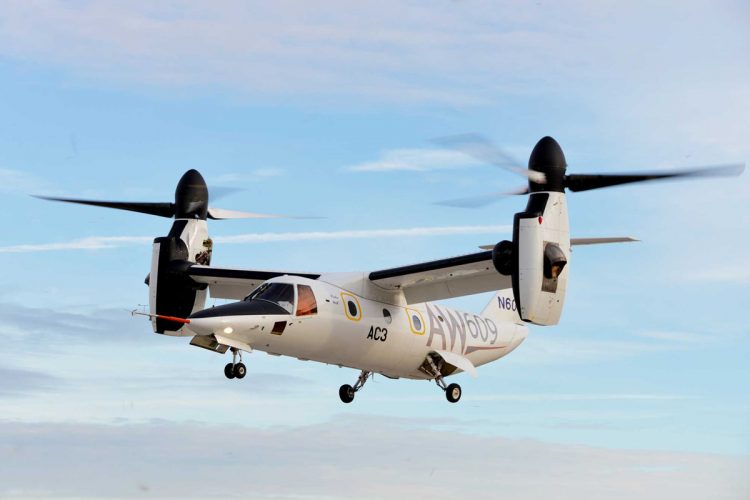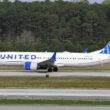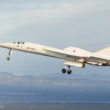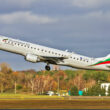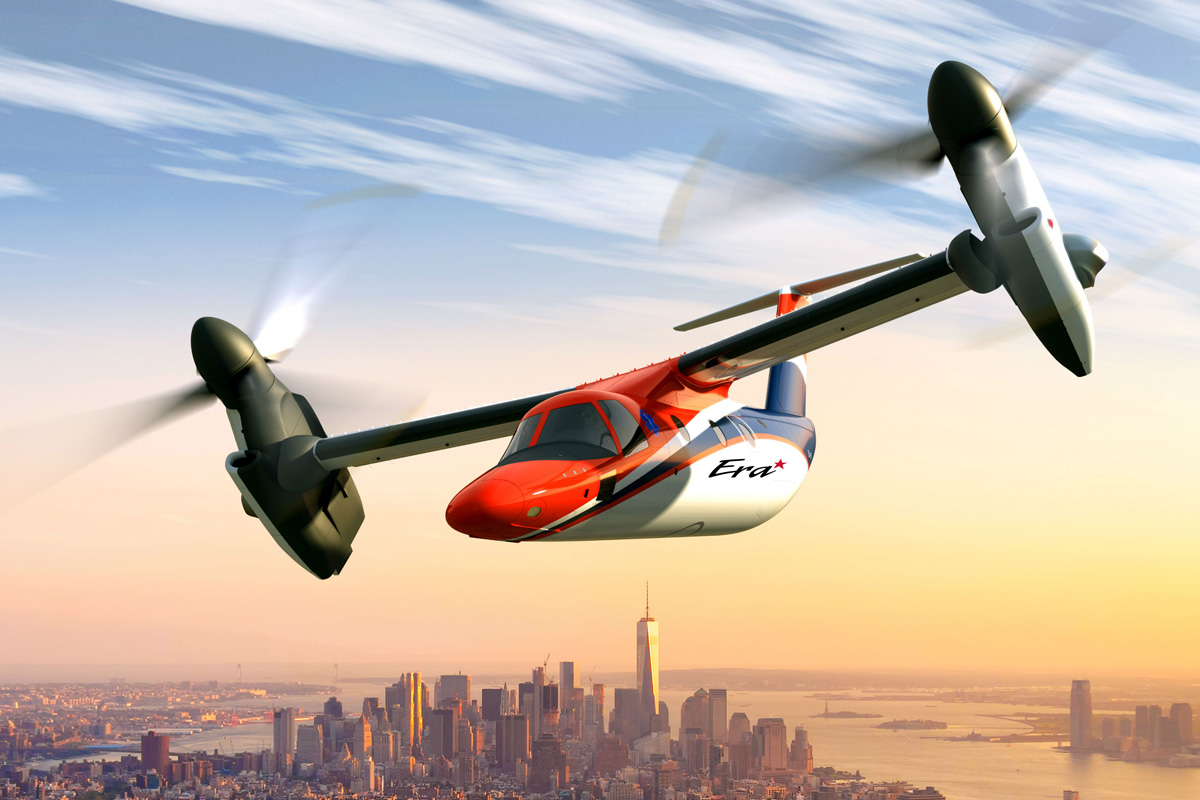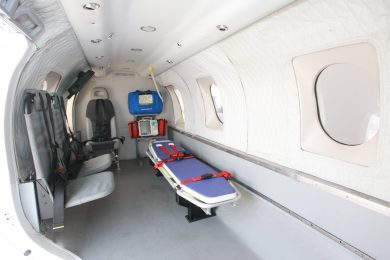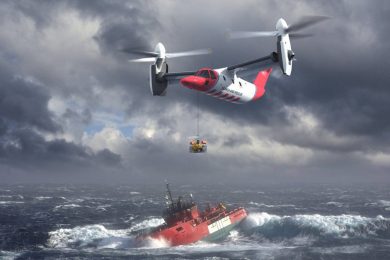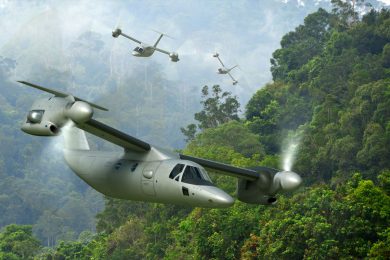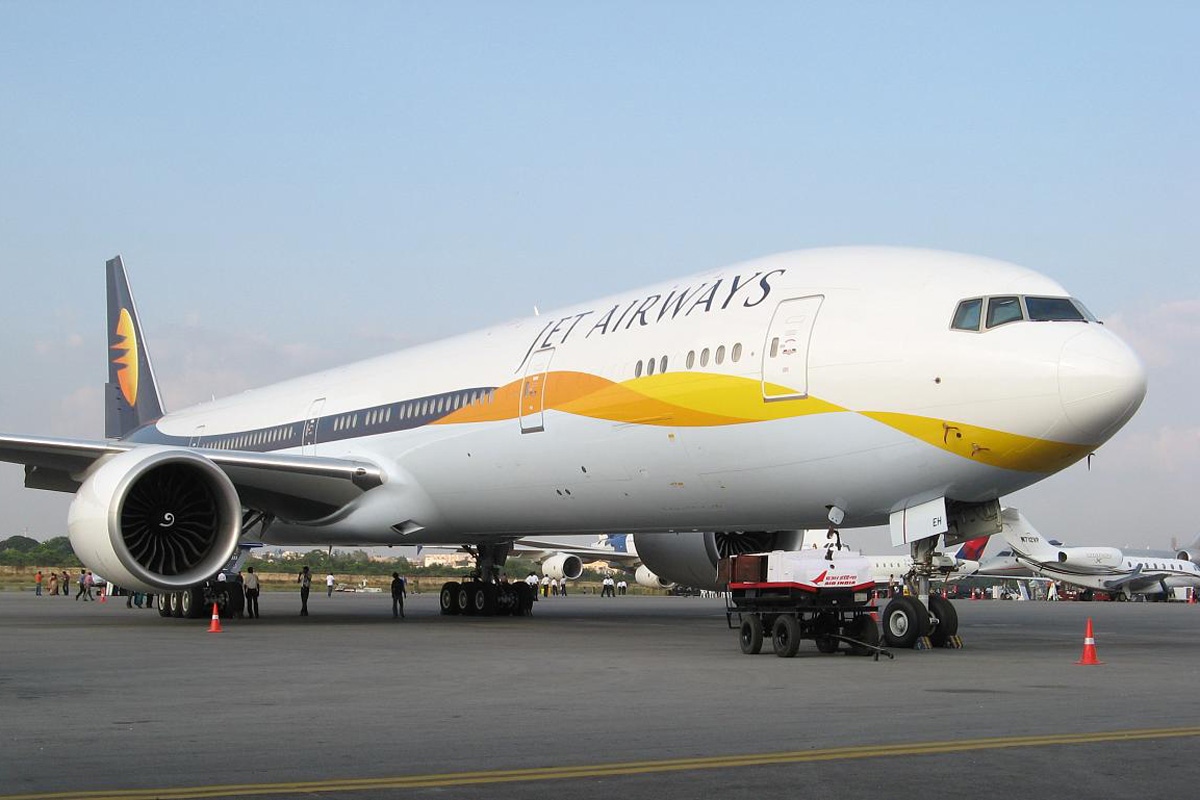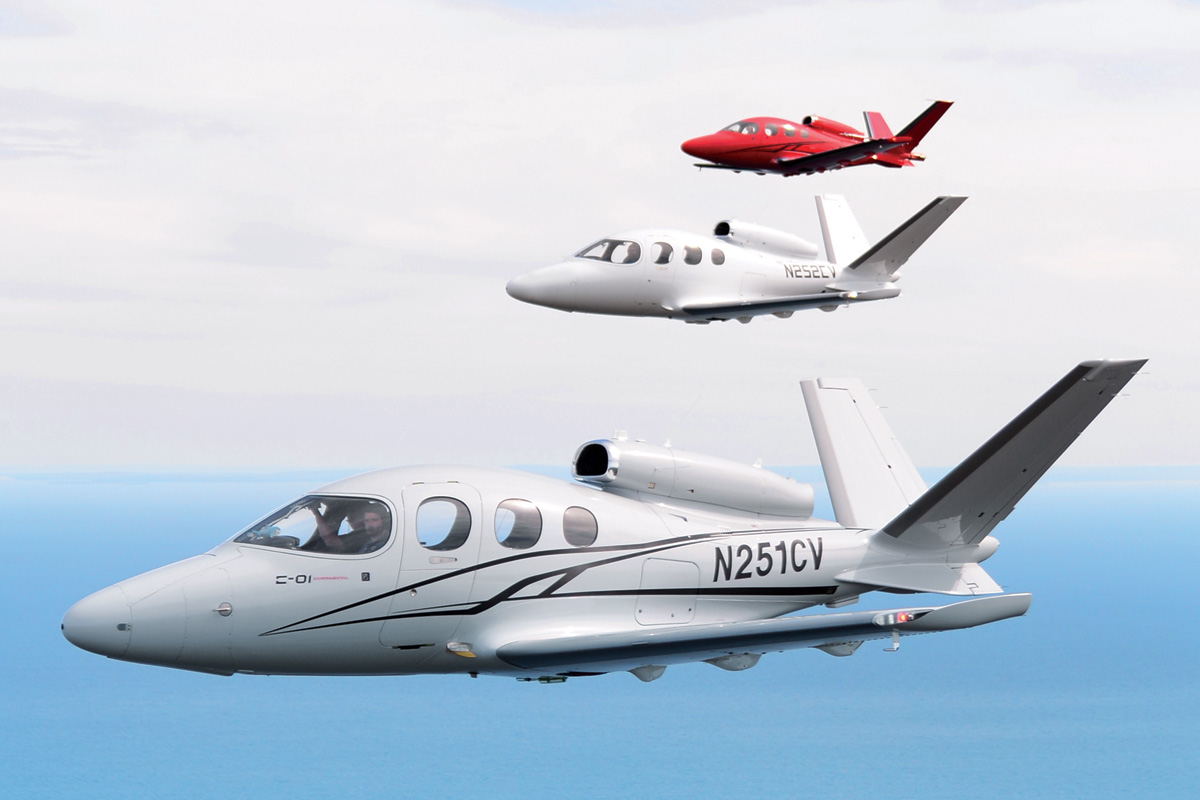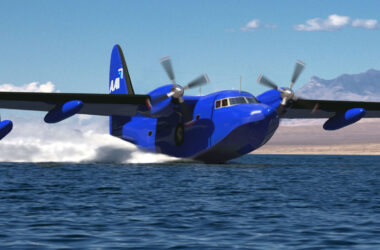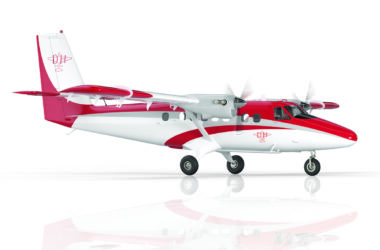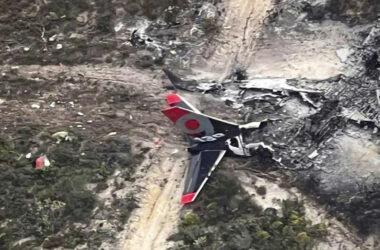One of the most controversial aircraft projects in the world is coming close to becoming a reality. Leonardo, manufacturer of the AW609 model, confirmed this week that it began production in the United States.
In case you do not know, the AW609 is the world’s first civil tilt-rotor, an aircraft that features the characteristics of a helicopter to those of a turbo-propeller aircraft. That means it is possible to land and take off in small spaces, fly at speeds above 300 miles per hour (500 km/h) and higher (25,000 ft) thanks to its pressurized cabin.
It looks like the perfect world, but the tilt-rotor has proven to be a complex technology. The first model of the type, the V-22 Osprey, had its maiden flight in the late 1980’s after several tests with smaller prototypes, the XV-3 and the XV-15. After several accidents, the aircraft now serves in the US Marines, Navy, and Air Force which together have about 200 Osprey units.
Like the V-22, the AW609 was initially developed by Bell in partnership with Boeing, then named BA609. The project started in 1996 with the proposal to take Osprey technology to the general aviation market. But two years later Boeing decided to quit the program, replaced months later by the then Italian helicopter manufacturer Agusta.
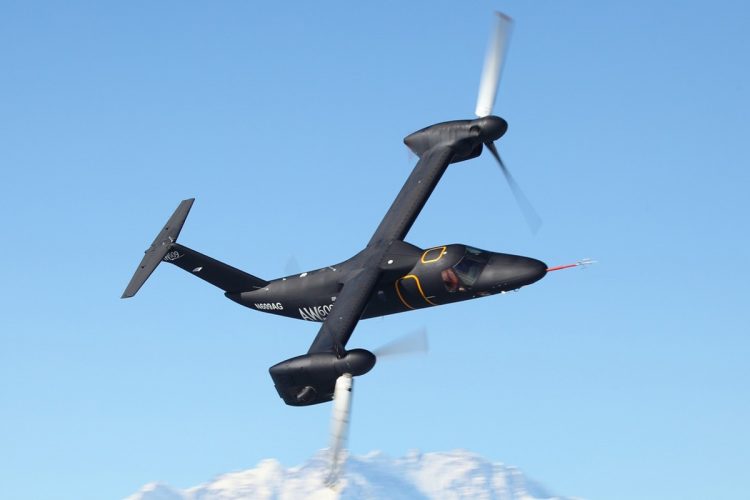
The two companies formed a joint venture to develop the project in 1998 and in 2003 the first prototype of the AW609 flew. It was then that a long process of testing and evaluations began.
With just two prototypes, the AW609 accumulated hundreds of flight hours, conducting various tests to expand its flight envelope, but in 2011 Bell decided to leave the project to focus on another tilt-rotor, the V-280 Valor, in a program of the US Army.
The American company, however, remained attached to the then-called AgustaWestland (after joining with the British helicopter company) providing technical support.
Accident delay program
In October 2015, however, the project suffered its biggest setback. The second prototype crashed in northern Italy killing its two pilots. The US civil aviation agency (FAA), which closely monitors the development of the aircraft, has suspended its flights until the cause of the accident is cleared up.
Only in February 2017 did the AW609 fly again, now with a third prototype replacing the crashed unit. Since then, Leonardo, the new name of AgustaWestland, seeks to certify it and begin its deliveries.
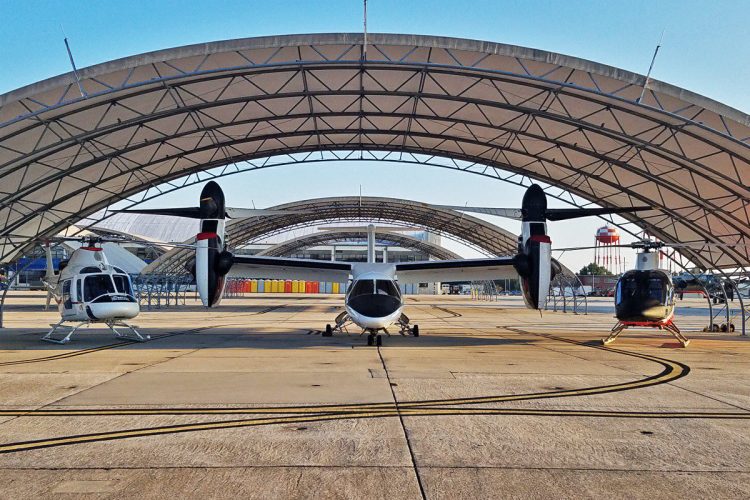
Unique features
But what leads a manufacturer to pay for a program that has lasted more than 20 years without a single aircraft being in commercial operation? The answer lies in the enormous possibilities that a tilt-rotor can offer.
By joining the best of a helicopter with the turbo-propeller speed Leonardo can meet the needs of customers who today can not find a solution on a single aircraft.
The AW609 can have several applications like aeromedical service, search and rescue as well as being an efficient alternative for CEOs from large corporate groups who need speed and reach far from airports.
The price of this convenience, however, is not low. Leonardo calls for about $ 25 million for the AW609, industry experts say. It’s the same as a mid-sized business jet like Bombardier Challenger or Embraer Legacy.
The AW609 can carry up to nine passengers and two crew members and fly over distances of 1,100 nm (2,083 km). One drawback of the tilt-rotor is the space required for landing. Its two rotors occupy a width of 60 ft (18 m), an area larger than that of a helicopter such as Leonardo’s own AW139 which carries more passengers.
But size does not seem to be a problem for Leonardo who plans to launch a larger tilt-rotor, with capacity for 25 passengers.
The big challenge, however, is still to certify the AW609 by the end of the year and deliver the first aircraft in 2020. For now, the company claims to have about 50 “expressions of interest” in the unusual aircraft including the former mayor of New York, Michael Bloomberg.
